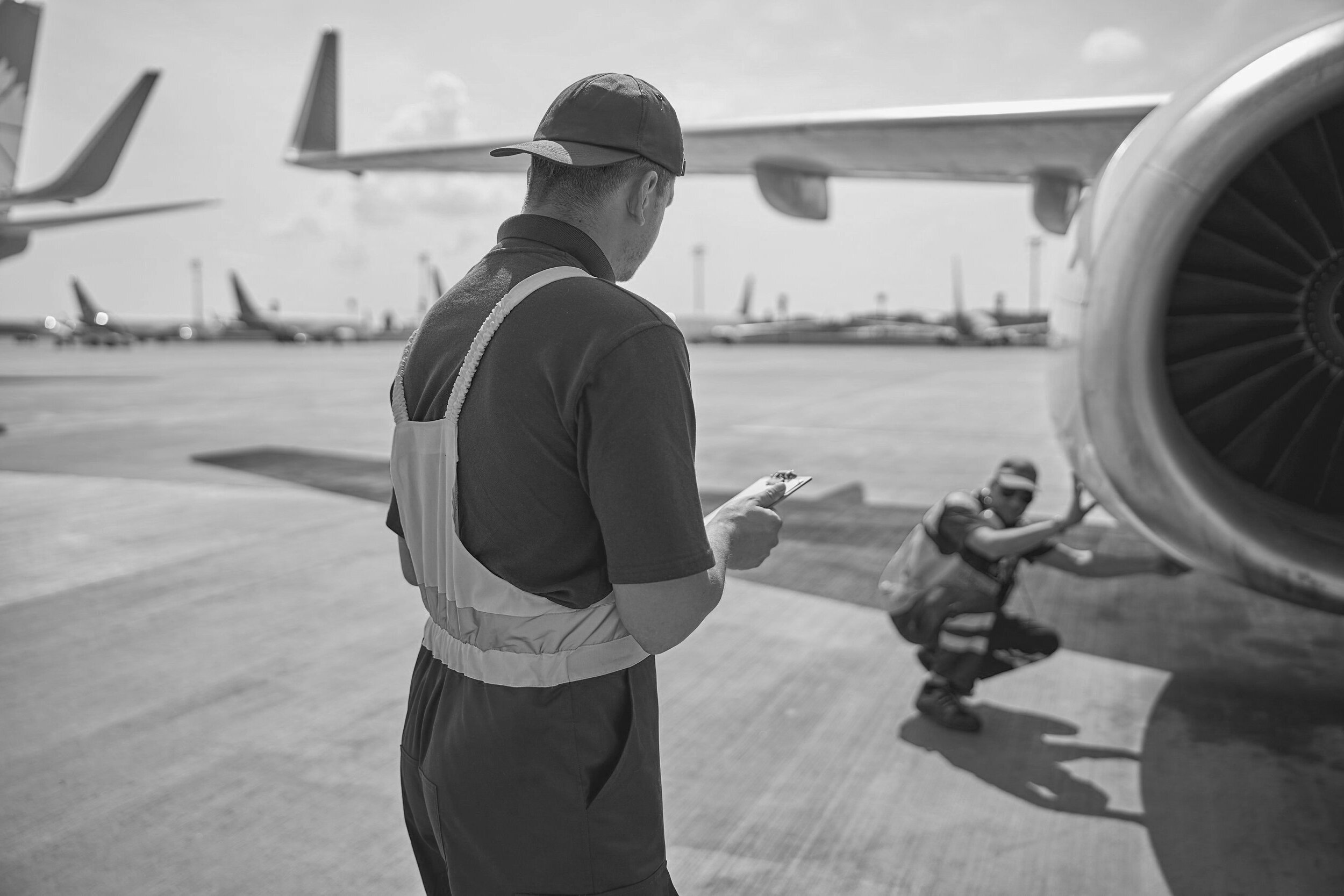
Aviation research has always been a fascinating field, filled with groundbreaking discoveries and technological advancements. But what exactly makes it so intriguing? Aviation research involves studying everything from aircraft design and aerodynamics to safety protocols and environmental impacts. This field pushes the boundaries of what's possible in air travel, making flights safer, faster, and more efficient. Imagine the thrill of uncovering new ways to reduce fuel consumption or developing cutting-edge materials that make planes lighter yet stronger. Aviation research isn't just about planes; it's about innovation, problem-solving, and making the skies safer for everyone. Ready to learn some mind-blowing facts? Buckle up!
Key Takeaways:
- Aviation research began with the Wright brothers' historic flight in 1903 and has since evolved to include aerodynamics, materials, and safety advancements, shaping the modern aviation industry.
- From the invention of the jet engine to the development of smart materials and UAVs, aviation research continues to drive innovation and ensure safety in the skies.
The Birth of Aviation Research
Aviation research has a rich history that dates back to the early 20th century. Let's explore some fascinating facts about how it all began.
-
The Wright brothers, Orville and Wilbur, conducted the first controlled, sustained flight of a powered, heavier-than-air aircraft on December 17, 1903. This event marked the beginning of modern aviation research.
-
The National Advisory Committee for Aeronautics (NACA) was established in 1915 in the United States to promote and institutionalize aviation research. NACA later became NASA in 1958.
-
Early aviation research focused on understanding basic aerodynamics, propulsion, and materials. Wind tunnels were among the first tools used to study airflow over wings and other aircraft components.
Advances in Aerodynamics
Aerodynamics is a crucial aspect of aviation research. It involves studying how air interacts with moving objects, like airplanes.
-
The development of the jet engine in the 1930s and 1940s revolutionized aviation. Frank Whittle in the UK and Hans von Ohain in Germany independently developed the first operational jet engines.
-
Supersonic flight became a reality in 1947 when Chuck Yeager broke the sound barrier in the Bell X-1. This milestone opened new avenues for high-speed aviation research.
-
Computational Fluid Dynamics (CFD) emerged in the latter half of the 20th century. CFD uses computer simulations to analyze and solve problems involving fluid flows, significantly advancing aerodynamic research.
Materials and Structures
The materials used in aircraft construction have evolved dramatically over the years, thanks to ongoing research.
-
The introduction of aluminum alloys in the 1920s and 1930s made aircraft lighter and more durable. This innovation allowed for longer flights and greater payloads.
-
Composite materials, such as carbon fiber-reinforced polymers, began to be used in the 1970s. These materials are strong, lightweight, and resistant to corrosion, making them ideal for modern aircraft.
-
Research into smart materials is ongoing. These materials can change properties in response to external stimuli, such as temperature or stress, potentially leading to self-healing aircraft structures.
Aviation Safety Research
Safety is paramount in aviation, and extensive research is dedicated to ensuring it.
-
The black box, or flight data recorder, was invented in the 1950s by Australian scientist David Warren. This device records flight data and cockpit conversations, providing crucial information in the event of an accident.
-
Human factors research examines how pilots interact with aircraft systems. This field aims to design cockpits and controls that reduce the likelihood of human error.
-
Unmanned Aerial Vehicles (UAVs), or drones, are a growing area of aviation research. They are used for various purposes, including surveillance, delivery, and even search and rescue operations.
The Final Descent
Aviation research has come a long way, from the Wright brothers' first flight to modern-day innovations like electric planes and supersonic jets. These 12 facts highlight the incredible advancements and ongoing efforts to make air travel safer, more efficient, and environmentally friendly. Understanding the history and future of aviation research not only gives us a greater appreciation for the technology but also inspires future generations to keep pushing the boundaries. Whether it's developing new materials, improving aerodynamics, or exploring alternative fuels, the sky's the limit for what can be achieved. So next time you board a plane, remember the countless hours of research and innovation that make your journey possible. Keep an eye on the horizon; the future of aviation is soaring to new heights.
Frequently Asked Questions
Was this page helpful?
Our commitment to delivering trustworthy and engaging content is at the heart of what we do. Each fact on our site is contributed by real users like you, bringing a wealth of diverse insights and information. To ensure the highest standards of accuracy and reliability, our dedicated editors meticulously review each submission. This process guarantees that the facts we share are not only fascinating but also credible. Trust in our commitment to quality and authenticity as you explore and learn with us.


